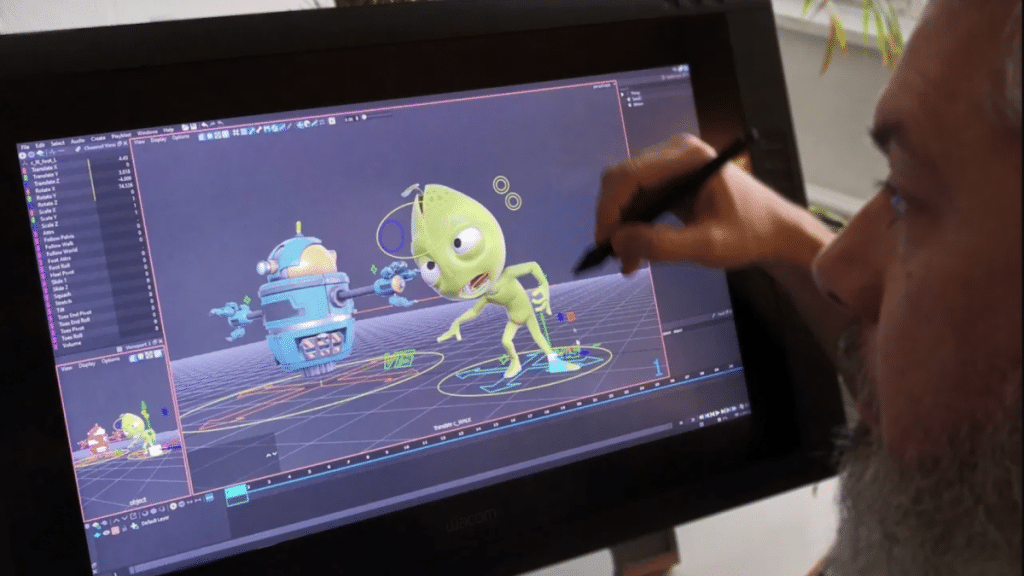Animation is a dynamic and ever-evolving art form that has been significantly shaped by advancements in technology. From the early days of completely hand-drawn frames to the more sophisticated computer-generated imagery (CGI) of today, technology has continued to expand the boundaries of what is possible in the world of animation.
In this article, we’re going to explore the profound influence that technology has had and will continue to have on the evolution of the animation industry, highlighting key milestones and innovations that have transformed the industry.
Early Technological Innovations in Animation
The animation industry dates all the way back to the late 19th and early 20th centuries, with pioneers like Emile Cohl and Winsor McCay having created some of the very first animated shorts using traditional hand-drawn techniques. These early works were incredibly time-consuming, requiring every frame to be painstakingly drawn by hand – an incredibly labour-intensive process that limited the complexity and length of animated films.
The process of cel animation, short for celluloid animation, was introduced by Earl Hurd in 1914 and it ended up completely revolutionising the whole industry. By using transparent celluloid sheets, animators could draw moving elements on separate layers, which could then be superimposed over static backgrounds. This innovation greatly increased efficiency and really opened the door to more intricate and visually engaging animations.
Introducing Technicolour and Soun, AKA the Golden Age of Animation
The decade between the 1930s and the 1940s marked the Golden Age of Animation, a period that was characterised by some pretty significant advancements in technology as well as the establishment and rise of many major animation studios like Disney. The advent of Technicolour technology brought vibrant colours to the screen, dramatically enhancing the visual appeal of animated films. Indeed, in 1937, Disney released the first-ever full-length cel-animated feature film, Snow White and the Seven Dwarfs.
The Rise of Computer Animation
In the late 20th century, there was a seismic shift in animation, with the advent of computer technology. In 1995, Pixar released Toy Story, and the film became the first feature-length film entirely created using CGI. Essentially, computer animation allowed for unprecedented precision, creativity and flexibility, allowing animators to create lifelike characters and intricate environments that were previously unimaginable.
Animators started making use of advanced software like Blender, Autodesk Maya and Adobe After Effects to streamline the production process and expand creative possibilities.
CGI has also made it possible to integrate animated characters seamlessly into live-action films, leading to groundbreaking works like 1993’s Jurassic Park and later on, Avatar in 2009.
Streaming and Virtual Reality
The digital revolution of the 21st century has influenced how we enjoy everything from Hollywood movies to the online betting NZ offers. It has further transformed the world of animation, especially with the rise of streaming platforms. They’ve democratised access to animation, providing a global audience with an extensive library of animated content. Of course, virtual and augmented reality (VR and AR respectively) are pushing the boundaries further than ever before.
The Future of Animation
The influence of modern technology on the evolution of animation has been undeniable, constantly expanding the horizons of what animation can achieve. As technology continues to evolve, the future of animation holds even greater promise.
Angela Spearman is a journalist at EzineMark who enjoys writing about the latest trending technology and business news.

